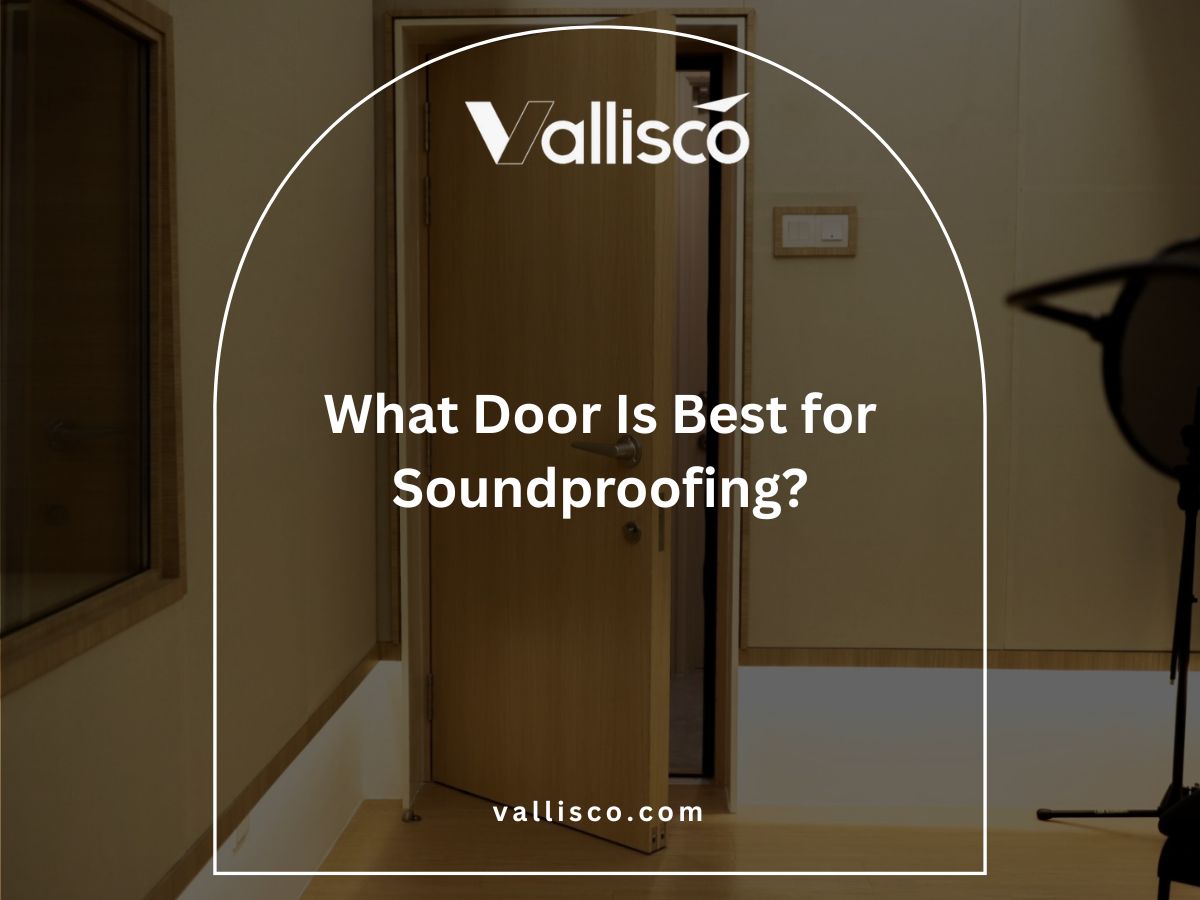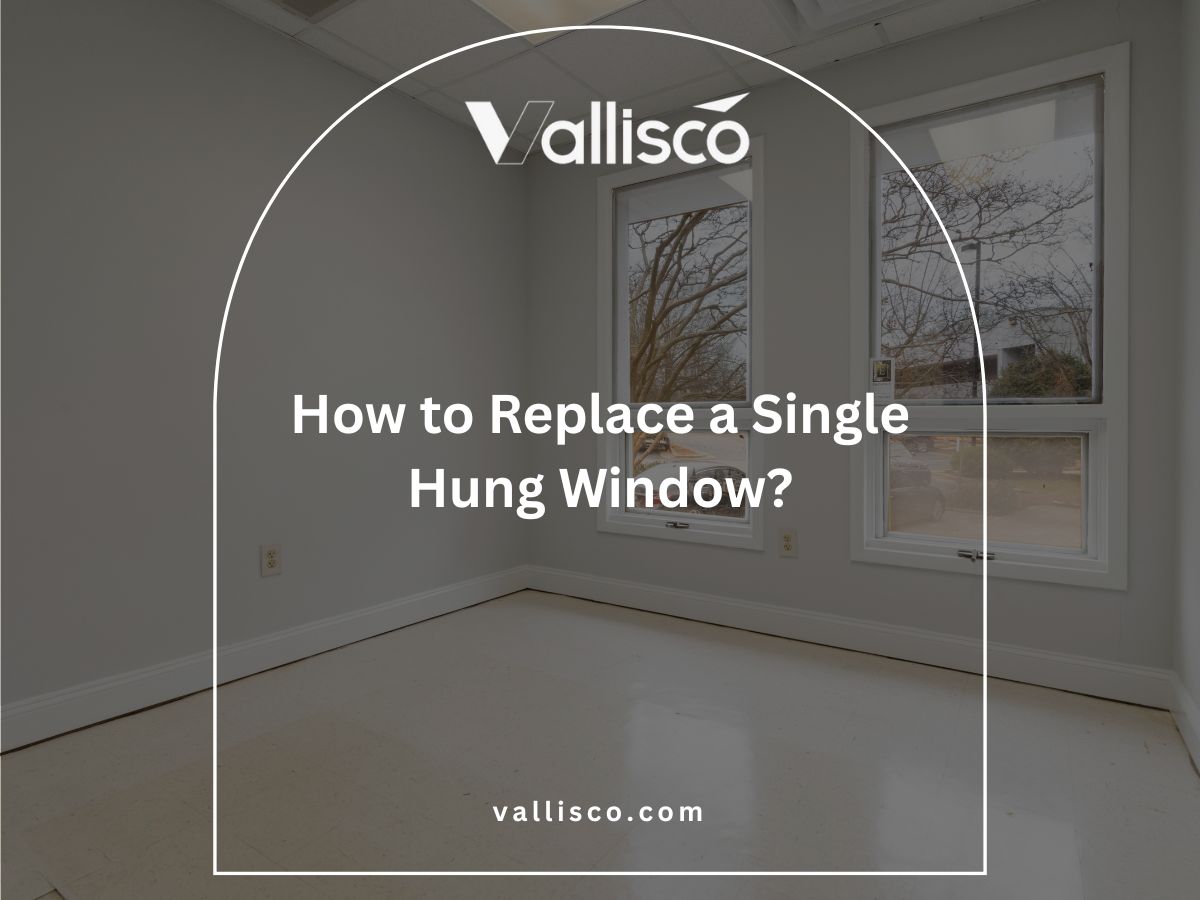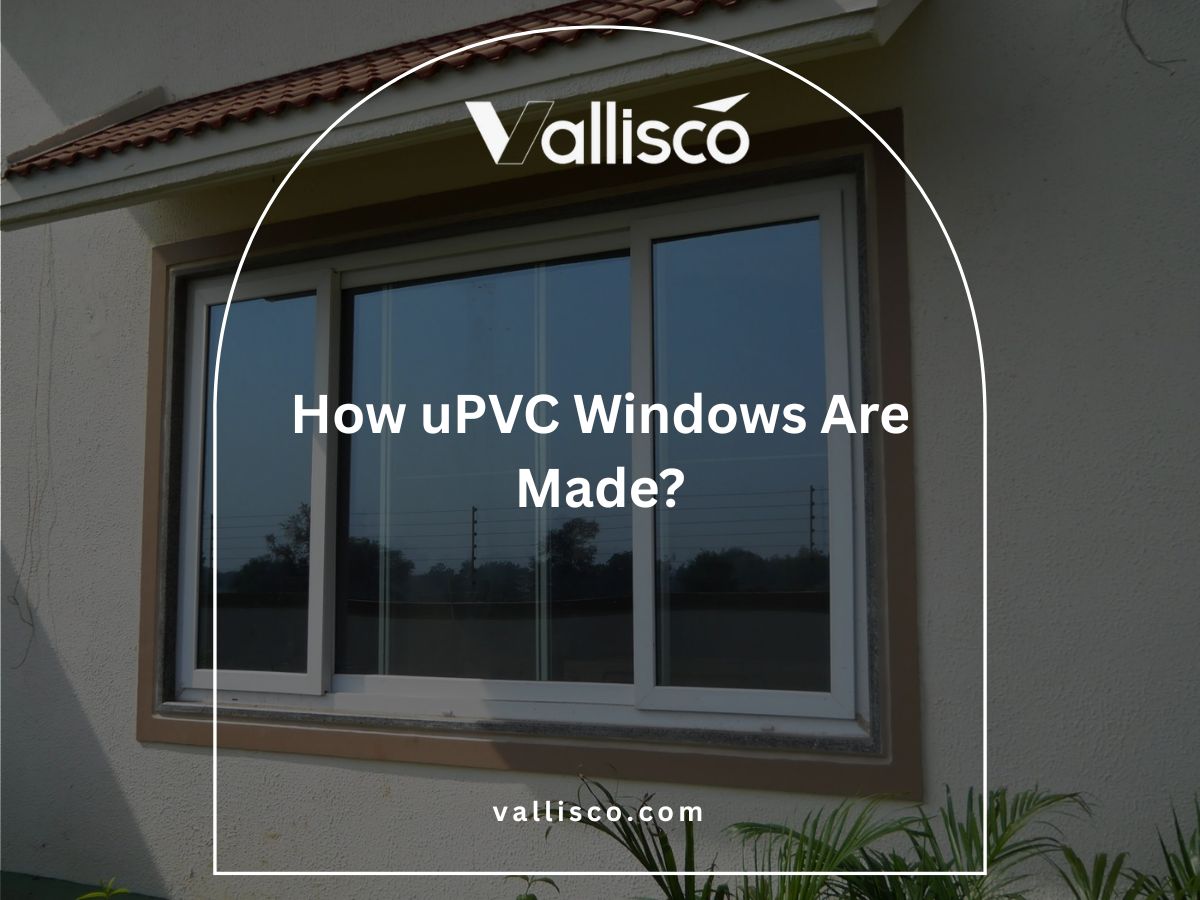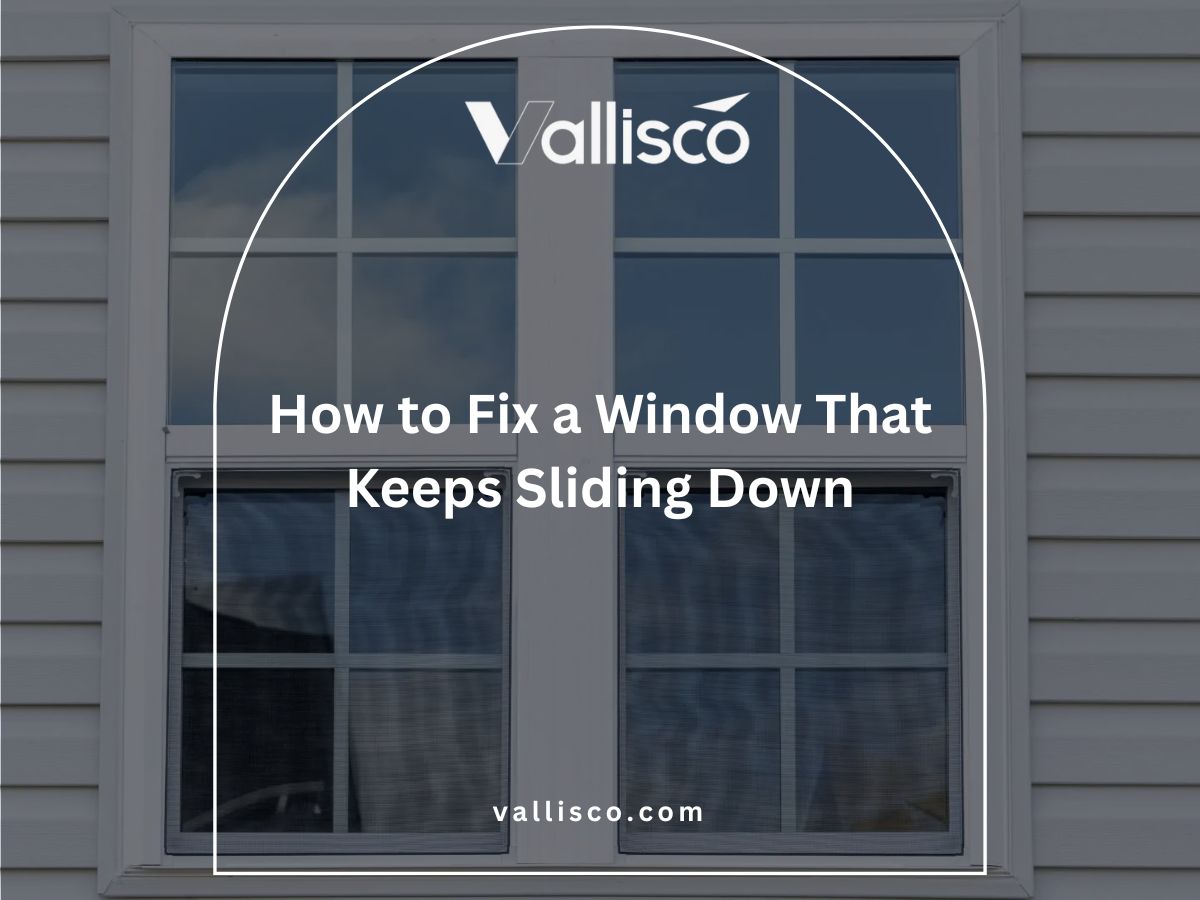“Which should I choose, a garage door or a roll-up door?” That was the question my client asked me during a site visit.
The answer was not simple because each door type works best in different situations.
I know how important this decision is because I work with property owners and engineering teams to source, compare, and install doors for commercial projects. Years of coordinating with suppliers and managing site installations have shaped my advice.
In this article, I will explain the differences, benefits, and best uses for each door type. By the end, you will know exactly which is right for your property.
Choosing the right door can save you time, money, and operational headaches.
So, let’s get started!
Comparison Chart
To give you an overview, here’s a summary table comparing the two types. We’ll expand on each factor in the following parts.
| Factor | Garage Door | Roll Up Door |
| Design & Appearance | Clean multiple materials and styles, ideal for guest-facing areas | Functional, minimal design, limited styling, focused on utility |
| Space Requirements | Needs overhead clearance and front swing space | Compact coil, minimal overhead use, works in tight spaces |
| Durability & Security | Strong panels, needs regular maintenance, upgradeable locks | All-steel slats, low maintenance, secure with fewer moving parts |
| Insulation & Energy Efficiency | Strong insulation options, weather seals, noise reduction | Basic to moderate insulation, limited heat retention |
| Cost Considerations | Higher upfront cost, possible long-term energy savings | Lower upfront cost, minimal maintenance, may have higher energy costs |
This overview sets the stage for a deeper dive into each feature and how it affects your operations.
1. What is a Garage Door?
A garage door is a large hinged or sectional door that opens to allow vehicles, equipment, or goods to pass through. Most open either by swinging up in one piece or by moving along tracks in sections. You have probably seen them on villas, hotels, or commercial properties where appearance matters as much as function.
From my experience, garage doors work best if you want a clean, finished look and the ability to customize panels, colors, and materials. If your property values presentation and you have the right space for it, a garage door can give you both practical access and visual appeal.
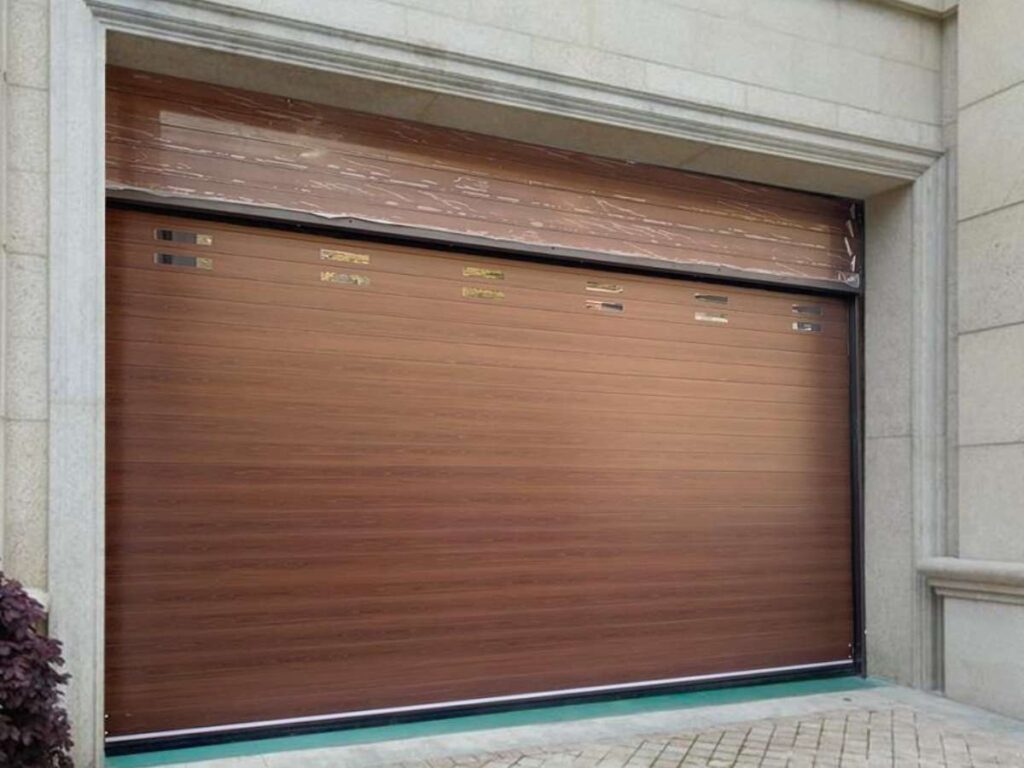
2. What is a Roll Up Door?
A roll up door is made from narrow metal or steel slats that coil into a compact roll above the opening. It moves straight up and down, which makes it a space-saver for busy loading areas or storage spaces. You will often see them in warehouses, service entrances, and some commercial properties where efficiency is key.
I’ve seen roll up doors work best in places where space is limited or heavy traffic is expected. If your site needs quick access, low overhead clearance, and a door that can handle constant use, this option is worth considering.
3. Design & Appearance
When you compare garage doors and roll up doors, the look is more than just about style. The design affects how your property is seen, and even how clients or guests feel when they arrive. I’ve worked on enough projects to know that the right design can make a practical difference for your operations.
Garage Door: Clean and Customizable
- Thicker Construction: Built with solid panels that can be insulated or reinforced for added strength. This gives a heavier, more substantial appearance. Vallisco’s garage doors are built to maintain this strength while meeting your specific project needs.
- Architectural Match: Can be designed to blend with villas, hotels, or commercial building facades. This makes them a strong choice for guest-facing areas.
- Decorative Options: Windows, trim, and panel designs are widely available. These extras allow you to align the door’s look with your brand or property style.
- Material Variety: Offered in steel, aluminum, wood, or composite finishes. This flexibility lets you choose based on durability, cost, or appearance.
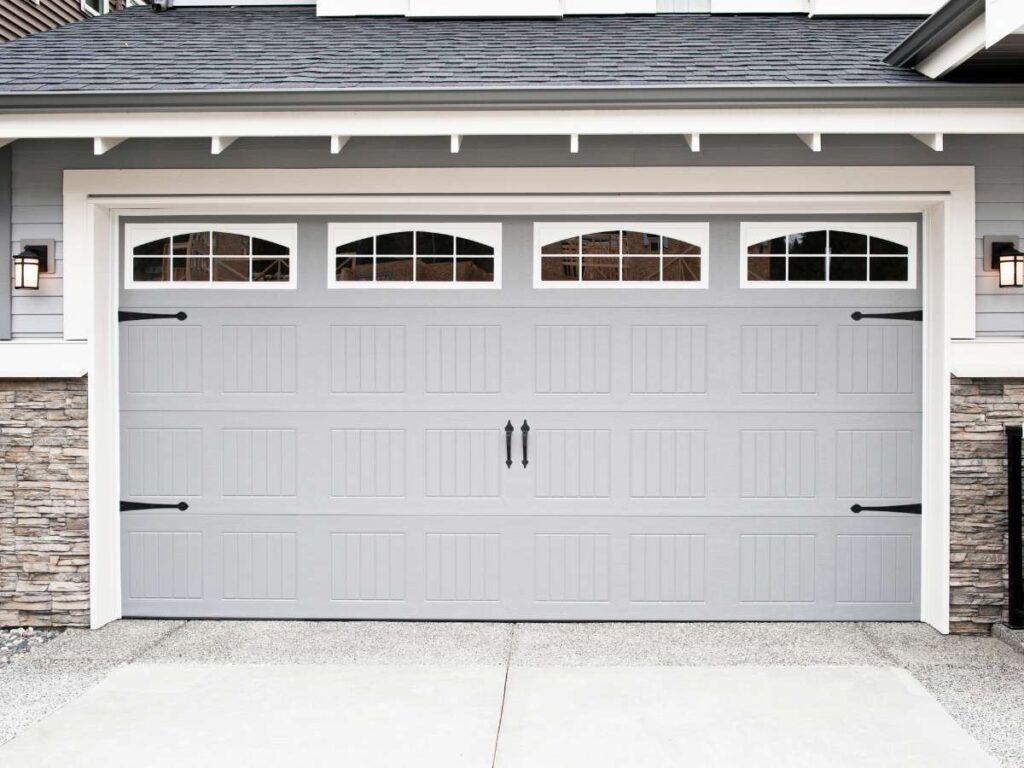
Roll Up Door: Functional and Low Profile
- Compact Design: Slats roll into a tight coil above the opening. This keeps the door out of sight when open and saves ceiling space.
- Industrial Look: The plain, minimal style focuses on performance. This works well in service or storage areas where appearance is secondary.
- Durable Finish: Usually available in powder-coated or galvanized steel. These finishes are practical for resisting wear and corrosion.
- Limited Styling Choices: Few decorative features are offered. The design is mostly focused on utility rather than customization.

Takeaway
If appearance is a priority, a garage door offers more flexibility and visual appeal. If space efficiency and a simple style matter more, a roll up door is the better fit. Choose based on the look you want and how the door will be used daily.
4. Space Requirements
Space often decides whether a garage door or roll up door will work for your property. I’ve helped many clients make the right choice just by looking at their ceiling height, floor space, and how the door will move. The right fit keeps your workflow smooth and avoids costly changes later.
Garage Door: Needs Overhead Clearance
- Track System: Requires ceiling tracks to guide the panels as they open. This uses overhead space that could be taken by lighting or storage.
- Opening Radius: The door swings outward before sliding along the ceiling. You need extra space both above and in front of the opening.
- Equipment Clearance: Overhead cranes, sprinklers, or ductwork can interfere with tracks. I have seen projects where repositioning was needed after installation.
- Vehicle Height: Taller vehicles may limit your garage door options. Adjustments might be required to fit larger trucks or vans.
Roll Up Door: Minimal Overhead Use
- Compact Roll: Coils into a small cylinder above the doorway. This leaves most of your ceiling space open for other equipment.
- Straight Movement: Lifts vertically without swinging outward. Vehicles or equipment can be parked right up to the door.
- No Ceiling Tracks: Frees overhead space for sprinklers, lighting, or ventilation systems. This can be valuable in busy work areas.
- Tight Spaces: Works well when walls or ceilings are already crowded. It fits where a garage door track system would not.
Takeaway
If you have the clearance and want more style choices, a garage door will fit well. If space is limited and you need every inch, a roll up door is the better option. Your decision should match both the space you have and how the door will be used daily.
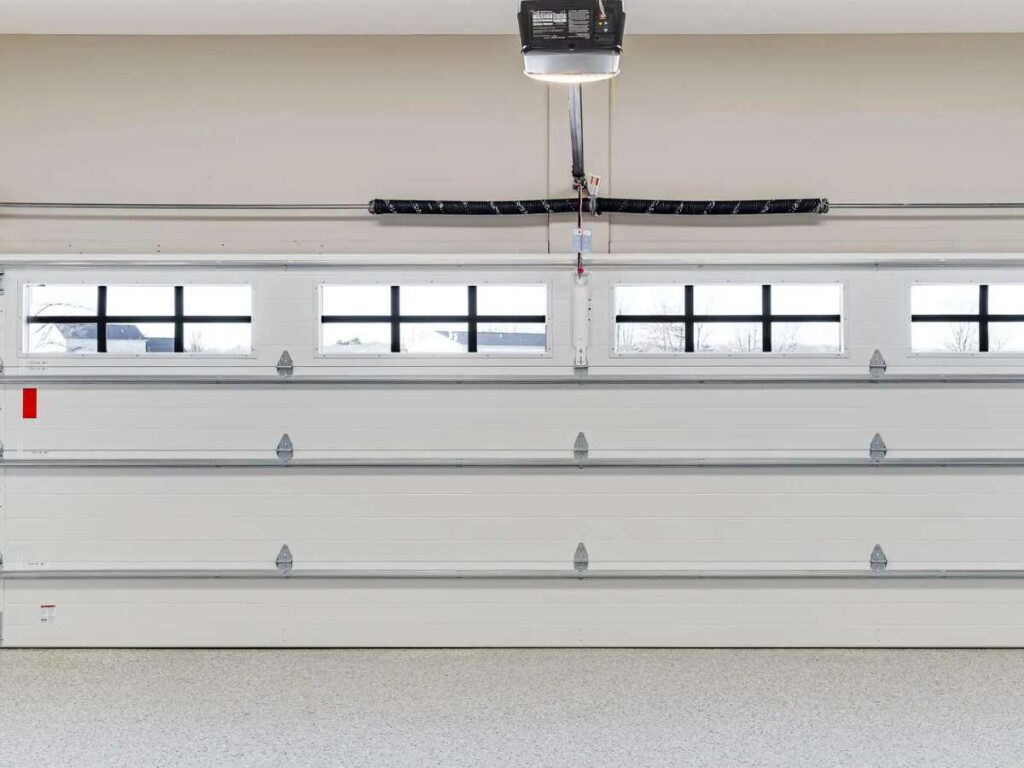
5. Durability & Security
For most businesses, a door is more than just an entry point, it’s part of your security and daily operations. I know from experience that choosing the right door can make a big difference in how well it stands up to daily use and how secure your property stays.
Garage Door: Solid but Needs Care
- Panel Strength: Built with heavier materials like steel or insulated composites. This gives good resistance against daily wear but still needs occasional maintenance.
- Weather Resistance: Can be sealed to protect against wind, rain, and dust. In my experience, this is key for properties in exposed locations.
- Locking Systems: Often includes basic locks or can be fitted with upgraded hardware. These can keep out unauthorized entry when paired with site security measures.
- Maintenance Needs: Hinges, springs, and tracks need regular checks. Without upkeep, performance and safety can decline over time.
Roll Up Door: Tough and Low Maintenance
- All-Steel Slats: Made from interlocking steel or aluminum slats. This design resists dents and holds up well against impacts.
- Compact Housing: When rolled up, the coil is protected inside a casing. This reduces exposure to weather and extends its lifespan.
- Security Upgrades: Can be fitted with heavy-duty locks or internal latches. This makes it harder for forced entry compared to some garage door setups.
- Low Service Demand: Fewer moving parts mean less frequent servicing. This can save on downtime and maintenance costs.
Takeaway
If you want a balance of strength and design, a garage door can work well with regular maintenance. If durability and lower upkeep are bigger priorities, a roll up door offers better long-term reliability. Choose based on how much security you need and how often the door will be in use.
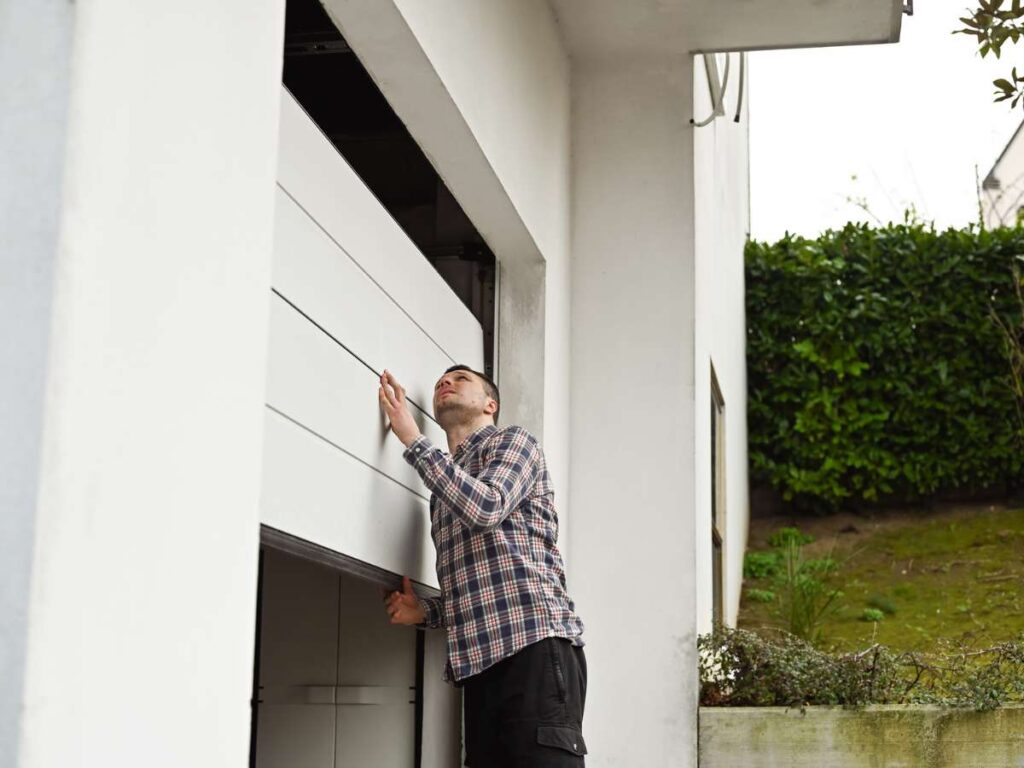
6. Insulation & Energy Efficiency
A door can do more than open and close, it can help control temperature and save on energy costs. I often notice that businesses overlook insulation when choosing a door, but it makes a big difference for comfort and operating expenses.
Garage Door: Strong Insulation Options
- Insulated Panels: Often built with foam or layered materials. This helps keep heat inside during winter and outside during summer.
- Weather Seals: Comes with seals along the edges to block drafts. In my projects, these seals have helped improve climate control in loading bays.
- Material Choices: Steel and composite options can include insulation upgrades. This allows you to match durability with energy efficiency.
- Noise Reduction: Extra insulation also reduces outside noise. This is useful for hotels, B&Bs, or other guest-facing properties.
Roll Up Door: Basic to Moderate Insulation
- Non-Insulated Slats: Many models are just single-layer steel or aluminum. This makes them less effective at controlling temperature.
- Insulated Slat Options: Some upgraded models include foam-filled slats. I’ve installed these for sites that wanted some insulation without adding too much weight.
- Tight Fit: The coil design can fit snugly into the frame, reducing gaps. This helps a little with drafts, but not as much as a garage door.
- Heat Retention Limits: Because the metal is thinner, heat can still pass through more easily. I’ve found this matters most in cold climates or temperature-sensitive facilities.
Takeaway
If energy efficiency and temperature control are priorities, a garage door with insulation upgrades is the stronger choice. Roll up doors can help in moderate climates but are less effective for high insulation needs. Your choice should reflect how much energy control matters for your site’s operations.
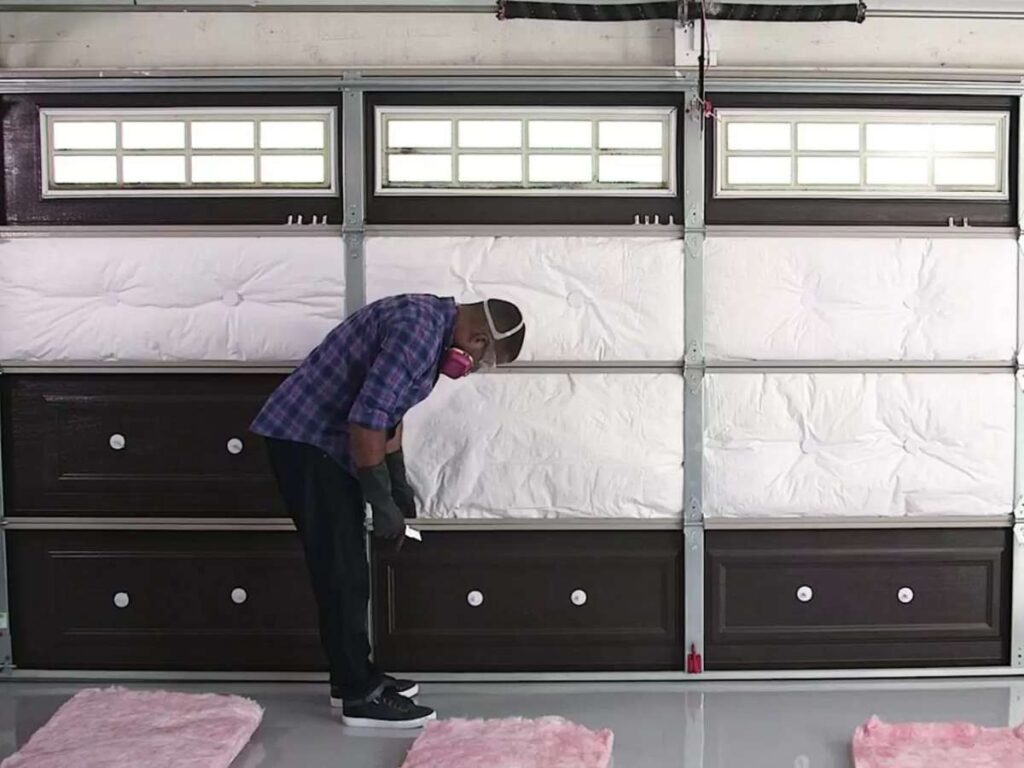
7. Cost Considerations
Price often plays a big role in deciding between a garage door and a roll up door. I know budgets can be tight, especially when a project involves multiple doors across different sites. Looking at the full cost from purchase to long-term upkeep helps you make the smarter choice.
Garage Door: Higher Upfront, Variable Upkeep
- Initial Price: Generally costs more upfront, especially for insulated or custom designs. This is because of the materials and extra hardware involved.
- Installation Costs: Requires more labor to fit tracks, panels, and springs. I’ve noticed this can take longer compared to roll up doors, which adds to installation expenses.
- Repair Frequency: Springs, cables, and panels may need repairs over time. These parts are widely available but can add to long-term costs.
- Energy Savings: Insulated models can lower heating and cooling bills. Over time, this can help offset some of the initial investment.
Roll Up Door: Lower Upfront, Minimal Maintenance
- Initial Price: Usually less expensive to purchase than a garage door. This makes it appealing for larger projects with multiple units.
- Installation Costs: Faster to install since it has fewer moving parts. I’ve worked on sites where roll up doors were mounted in a single day.
- Repair Needs: Minimal, as the design has fewer components that wear out. Slats may need replacing if damaged, but major repairs are rare.
- Energy Costs: Less insulation means higher heating or cooling costs in extreme climates. This is important to factor into the long-term budget.
Takeaway
If you value long-term energy savings, a garage door may be worth the higher upfront price. If keeping installation and maintenance costs low is more important, a roll up door will likely fit your budget better. Your decision should balance purchase price, operating costs, and the lifespan you expect from the door.
8. 3 Factors To Consider When Choosing Between Garage Door and Roll Up Door
Choosing the right door is more than just picking the one that looks good or costs less. A thoughtful decision here can save you time, money, and trouble for years to come. Here are some factors I can give you when deciding:
Operational Needs and Traffic Flow
Think about how often the door will open and close during a typical day. If your site has constant vehicle movement or loading, a roll up door’s vertical operation can save time and avoid obstructions.
Garage doors, on the other hand, may suit locations where access is less frequent but appearance matters more.
Climate and Energy Considerations
If your property is in a region with extreme temperatures, insulation becomes a deciding factor. Garage doors can be fitted with better insulation options, helping control indoor temperatures and lowering energy costs. Roll up doors generally provide less insulation, but in mild climates this may not be a major concern.
Weather sealing is another point to check. For locations prone to wind, rain, or dust, the right sealing system can make a big difference.
Budget and Long-Term Value
While upfront cost is important, it’s just part of the equation. Garage doors can have higher purchase and installation costs but may provide savings over time through better energy efficiency. Roll up doors are often cheaper to buy and install, and their simpler design can mean lower maintenance expenses.
I often remind clients that the “cheaper” option isn’t always the least expensive in the long run. If you need either a garage door or a roll up door, Vallisco can provide a cost-effective solution backed by reliable performance and long-term value for your project.
Conclusion
That client who once asked me, “Which should I choose, a garage door or a roll up door?” left with a clear answer.
Now you know the key differences too. Whether it is design, space, durability, insulation, or cost, your choice should fit your property’s priorities.
If you want a door that works as well as it looks, Vallisco can help. We supply quality solutions that stand the test of time.
Contact us today to discuss the right option for your project!
Explore More Helpful Resources
There’s more to explore! Check out our additional product selections to find exactly what you’re looking for:
Still haven’t found what you’re looking for? Don’t hesitate to contact us. We’re available around the clock to assist you.



